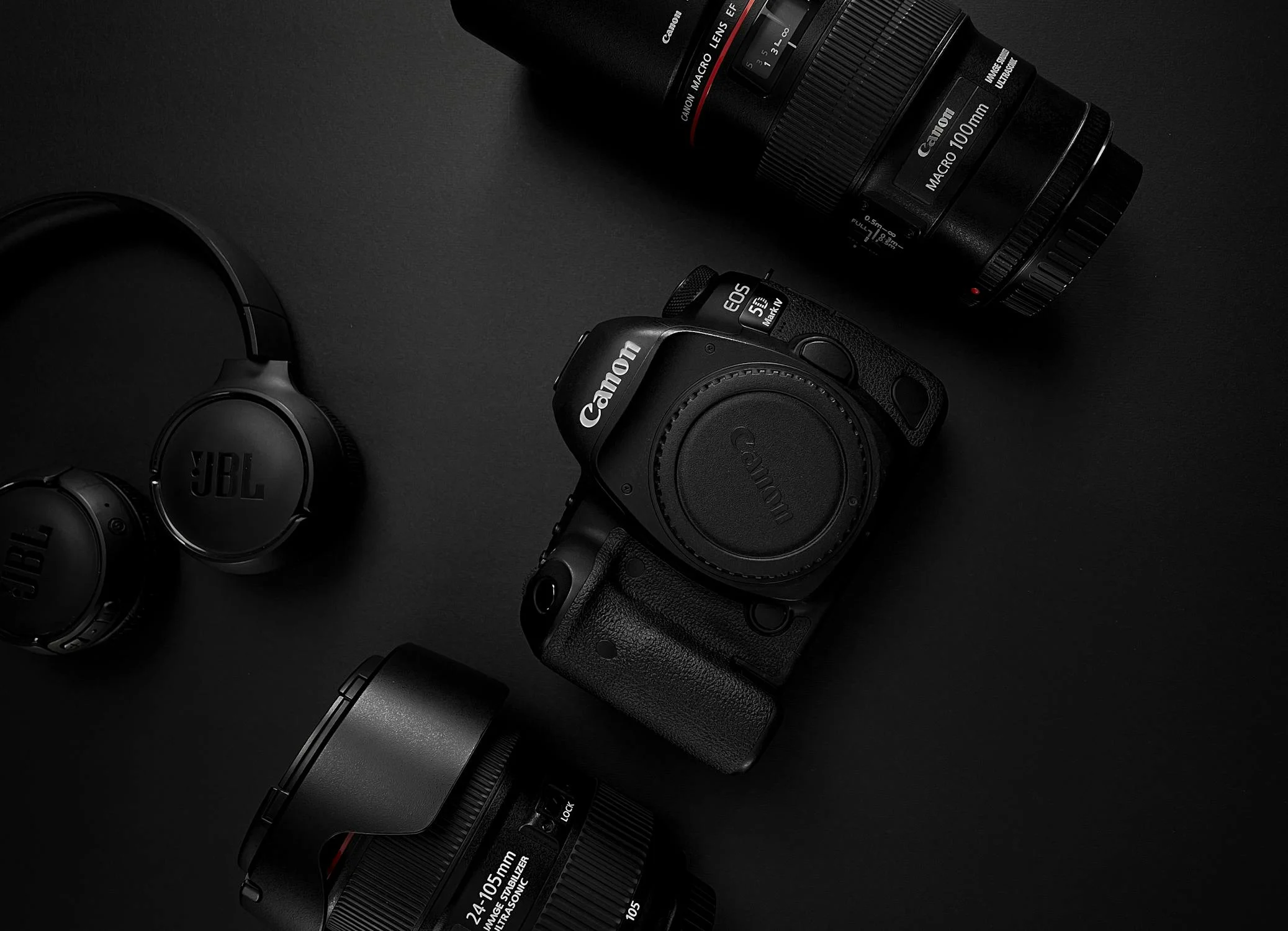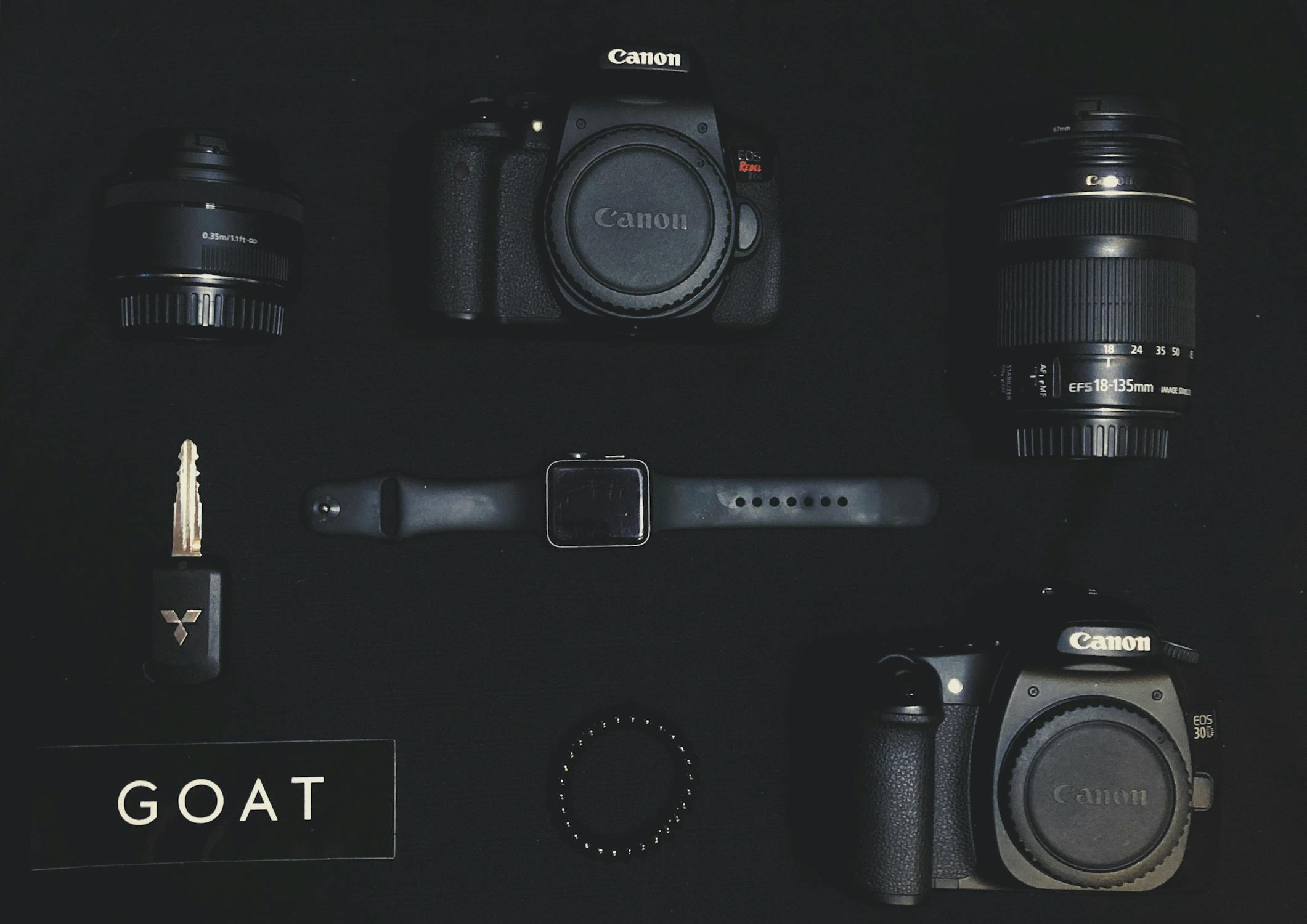Choosing between a Canon EF wide-angle lens and a Canon RF wide-angle lens can be challenging. This guide simplifies the decision by outlining key differences, top lens recommendations, and practical tips for getting the most out of your wide-angle shots. Whether you're capturing vast landscapes or optimizing virtual meetings with AI-enhanced ultra-wide cameras, this article provides valuable insights for photographers and businesses alike.
Are You Struggling to Pick the Right Canon Wide Angle Lens?
If you're trying to decide between a Canon EF wide angle lens and a Canon RF wide angle lens, you’re not alone. With Canon’s transition from DSLR to mirrorless, the lens lineup can be a bit confusing. You might be wondering:
- Is an EF lens still worth it in 2025?
- Will an RF lens give me better image quality?
- Which Canon wide angle lens should I invest in for landscapes, vlogging, or architecture?

Don’t worry. I’ll break it all down in a simple, no-nonsense way so you can make the right choice. Let’s dive in!
What is a Canon Wide-Angle Lens?
A Canon wide angle lens is any lens with a focal length of 35mm or less, offering a broad field of view that lets you capture more of a scene in a single frame. Canon has two main types:
- Canon EF wide angle lenses: Designed for Canon’s DSLR cameras (like the 5D Mark IV or Rebel series).
- Canon RF wide angle lenses: Built for Canon’s mirrorless cameras (like the EOS R5, R6, and R7).
Both are fantastic, but the best choice depends on your camera, needs, and budget. Let’s break it down.
How to Choose the Best Canon Wide-Angle Lens for You
1. Consider Your Camera Type
If you have a DSLR, stick with Canon EF wide angle lenses. If you have a mirrorless Canon R-series, go with Canon RF wide angle lenses for the best compatibility and performance.
2. Think About Your Shooting Needs
- Landscapes & Travel → Get a zoom lens like the Canon RF 14-35mm f/4L or Canon EF 16-35mm f/4L.
- Vlogging & Content Creation → A compact prime like the Canon RF 16mm f/2.8 is ideal.
- Architecture & Interiors → A tilt-shift lens like the Canon TS-E 17mm f/4L eliminates distortion.
3. Budget vs. Performance
- If you need affordable yet high-quality options, Canon EF wide-angle lenses are often cheaper.
- If you want future-proof technology and the best autofocus, Canon RF wide-angle lenses are the way to go.

The Best Canon EF & RF Wide Angle Lenses for Different Uses
Best for Landscapes 🌄
EF Option: Canon EF 16-35mm f/4L IS USM
- Sharp edge-to-edge
- Built-in image stabilization
- Affordable compared to f/2.8 version
RF Option: Canon RF 14-35mm f/4L IS USM
- Even wider at 14mm
- Compact and lightweight
- Excellent optical quality
Best for Vlogging & Content Creation 🎥
EF Option: Canon EF-S 10-18mm f/4.5-5.6 IS STM
- Budget-friendly
- Ultra-wide for handheld vlogging
- Silent autofocus
RF Option: Canon RF 16mm f/2.8 STM
- Super compact
- Wide f/2.8 aperture for low-light shooting
- Affordable RF lens option
Best for Architecture & Interiors 🏛️
EF Option: Canon TS-E 17mm f/4L Tilt-Shift
- Tilt-shift functionality eliminates distortion
- Ideal for professional interior photography
RF Option: Canon RF 15-35mm f/2.8L IS USM
- Bright f/2.8 aperture
- Built-in stabilization
- Versatile zoom range
Best Budget Wide-Angle Option 💰
EF Option: Canon EF 24mm f/2.8 IS USM
- Compact and lightweight
- Great image quality
RF Option: Canon RF 35mm f/1.8 Macro IS STM
- Versatile macro capabilities
- Great for travel and street photography

Pro Tips for Using a Canon Wide-Angle Lens
1. Watch for Distortion
Wide-angle lenses can make subjects look stretched at the edges. Keep important elements toward the center of your frame.
2. Use a Tripod for Sharpness
Especially for landscapes and architecture, a tripod helps eliminate camera shake.
3. Experiment with Leading Lines
Wide lenses exaggerate depth—use roads, rivers, or architectural features to lead the viewer’s eye through the scene.
4. Play with Foreground Elements
Get close to an object in the foreground to add depth and drama to your shots.
Wide-Angle Lenses Beyond Cameras: Smart Screens with Ultra-Wide Cameras
While Canon wide angle lenses are great for photography and video, wide-angle technology is also essential in other areas—like smart screens for meetings and collaboration.
For example, smart whiteboards like the NearHub Board S55 with board cam come with built-in ultra-wide cameras, allowing them to capture an entire conference room in crystal-clear video. Whether you're presenting remotely or running hybrid meetings, a wide angle lens on a smart board ensures everyone is visible and engaged.
Other models, like the webcam whiteboard NearHub Board S65 , offer seamless digital whiteboarding combined with AI-powered wide-angle cameras, making them ideal for businesses looking to enhance remote communication. If you’re looking for an all-in-one collaboration tool, check out the 75 smart boardfor a smarter way to connect and share ideas.
FAQs: Everything You Need to Know
1. What is the best Canon wide-angle lens for astrophotography?
The Canon RF 15-35mm f/2.8L IS USM and Canon EF 16-35mm f/2.8L III USM are both excellent choices due to their fast apertures and sharp optics.
2. Do Canon RF lenses work on EF cameras?
No, Canon RF wide angle lenses are specifically designed for Canon’s mirrorless system and cannot be used on EF-mount DSLRs.
3. What is the widest RF lens available?
The Canon RF 10-20mm f/4 L IS STM is the widest RF lens, perfect for ultra-wide landscapes and interiors.
4. Are Canon EF lenses going to be discontinued?
Canon is focusing on RF lenses, but Canon EF wide angle lenses remain available and will continue to work with existing DSLR cameras.
5. Do wide-angle lenses work well for video conferencing?
Yes! Ultra-wide lenses ensure everyone in the frame is visible, just like how the NearHub Board series uses AI-powered wide-angle cameras to improve virtual meetings.
Final Thoughts: Which Lens Should You Choose?
If you shoot on a DSLR, Canon EF wide angle lenses are a smart and affordable choice. If you’re using a mirrorless Canon R-series, Canon RF wide angle lenses are the better long-term investment.
And if you're looking for wide angle lens benefits beyond photography, consider how an AI-powered smart board with an ultra-wide camera can transform your remote meetings just like a Canon lens transforms your photos.












































